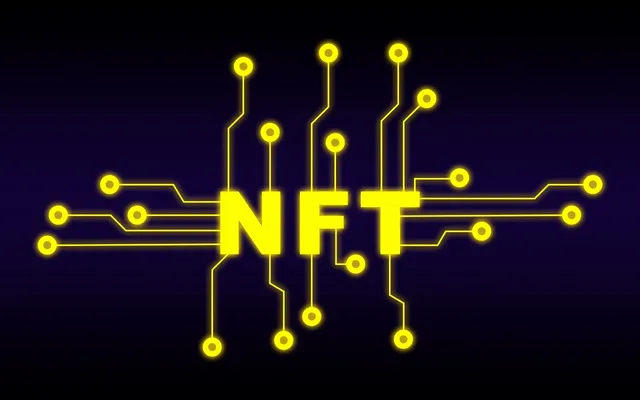NFTs Beyond Digital Art: How They Are Being Used for Identity, Governance, Supply Chains, and Real-World Assets in 2025
The majority of people initially learned of the NFTs, and the first thing that came to their minds was an online picture of a digital image that was sold at a high price. However, in the year 2025, NFTs have gone way past that. Being a Nigerian follower of the blockchain development, I have observed the current ways in which NFTs are utilized in various applied fields such as identity, governance, supply chains, and real-life assets. These emerging applications are transforming the perception of people on ownership, trust, and record keeping.
Digital identity is one of the largest novel applications of NFTs. Rather than carrying around paper IDs or having to store that information on a centralized database, they are now able to store their identity in the blockchain as an NFT, which is secure. This renders personal data faking or losing practically impossible. NFTs are being used to issue academic certificates, health records and even digital passports by some nations and entities. Through this, people do not need to be scared of fraud to establish themselves easily.
NFTs are even governing and voting. There are a lot of decentralized organizations that currently issue NFTs to members as evidence of membership or voting power. This will make the process of decision-making more transparent and equitable. As an illustration, a project may release NFTs to enable the holder to vote on any future changes or expenditure. Individual votes are stored permanently on the blockchain to minimize manipulation and corruption, which in my opinion can help in governance of most African systems as well.
Supply chain management is another significant field. In 2025, NFTs allow businesses to trace the supply chain of products to the end consumer. Every product also can possess its own NFT that will display the origin, the production process, and authenticity. This assists in the combating of counterfeited products and enhances openness. As an illustration, in the food and medicine sectors, the consumers will be in a position to scan an NFT code, which proves that the product is original and safe.
Lastly, real-life assets such as real estate, cars, and luxuries are becoming NFTs candidates. The possession of an NFT can imply the ownership of a piece of property or the complete ownership. This allows the purchase and sale of assets to be quicker and cheaper as the transfer of ownership occurs digitally and does not involve the middlemen. There are real estate companies that sell tokenized land or buildings using NFTs as well, which allows more individuals to invest in it, including individuals in developing countries such as Nigeria.
To sum up, NFTs have since expanded to much more than a digital art collection. By the year 2025, they have already been used to determine identity, open governance, safe supply chains, and ownership of real assets digitally. In my opinion, NFTs will transform our relationship of trust, trade, and connection in the contemporary world as people keep on exploring their full potentials.

This is a great post of NFTs Beyond Digital Art: How They Are Being Used for Identity, Governance, Supply Chains, and Real-World Assets in 2025.. There are so many information to see.